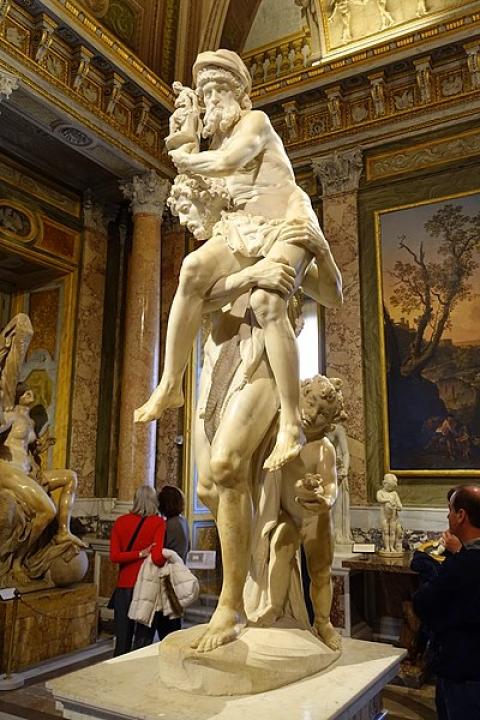SCS Blog Author Page
Posts by Nandini Pandey

|
Blog: Two Years Later: “Classics” after Coronavirus?
In an April 2020 post for Eidolon, I gathered predictions on “classics after coronavirus.” Two years later, it’s hard to believe all that’s changed — and all that’s stayed the same. Thanks to advocacy for more inclusive and global approaches to antiquity, the term “classics” can scarcely be used without scare quotes. Even the simple preposition “after” seems hopelessly outdated: we’re all learning to live and work alongside a virus that’s here to stay. Many of us have gained comfort with new technologies and embraced more global communities. Many have rebalanced work and life, for better or worse. Many others face continuing, or deepening, challenges: program closures, fewer academic jobs for more job-seekers, financial Read more … |

|
Blog: South Asian in Classics: An Intergenerational Conversation
For this installment of the SCS Blog, Chris Waldo asked Nandini Pandey and Ethan Ganesh Warren to compare notes about their experiences as South Asians in classics. Ethan, a current classics Ph.D. student at UT Austin, started Latin at the Brookfield Academy in Wisconsin and earned a B.A. from Rochester. Nandini is currently transitioning to a position at Johns Hopkins after seven years as an Associate Professor of Classics at the University of Wisconsin-Madison. She and Ethan first met years ago over coffee in Madison. This transcript has been lightly edited for length and clarity. Nandini: Ethan, it’s a great pleasure to get to speak to you today…because you and I first interacted in 2018. You’d Read more … |

|
Blog: Diversifying Classics in Germany: An Interview with Katharina Wesselmann
As a fellow at the American Academy in Berlin this spring, working on a book on Roman diversity, I've been wondering how German classicists are experiencing current debates about diversifying our field. To find out, I spoke with Dr. Katharina Wesselmann, a professor in the Northern German city of Kiel who has also taught high school and university in Basel, Switzerland. The fact that she specializes in “didactics” — the teaching of ancient Greek and Latin — is one mark of the differences between our two national classics traditions. In Germany, Latin and Greek are regularly offered at the advanced secondary schools known as Read more … |

|
Blog: COVID-19 and the Future of Classics Graduate Study
This piece was co-authored by Del A. Maticic, Alicia Matz, Hannah Čulík-Baird, Thomas Hendrickson, Anna Pisarello, Amy Pistone, and Nandini Pandey. “COVID-19 and the Future of Classics Graduate Study,” a workshop at the recent AIA/SCS Annual Meeting, identified frameworks for immediate action that students, faculty, and institutions could take to mitigate the outsized effects the pandemic has wrought on Ph.D. students—especially those coming from already marginalized communities, both in Classics and related disciplines. The workshop, organized by Del Maticic on behalf of the SCS Graduate Student Committee, was more relevant than ever when Read more … |

|
Blog: What Parts of Classics Would We Choose To Preserve for the Future?
In light of the present administration’s brazen disregard for facts and the public good, you’ve got to admire past leaders’ nonpartisan concern to preserve knowledge for the future. Two recent episodes of the “Radiolab” podcast made me nostalgic for federal preparation for various Cold War Doomsday scenarios -- down to the reassignment of the National Parks Service to run refugee camps and the Post Office to register the dead. Read more … |
